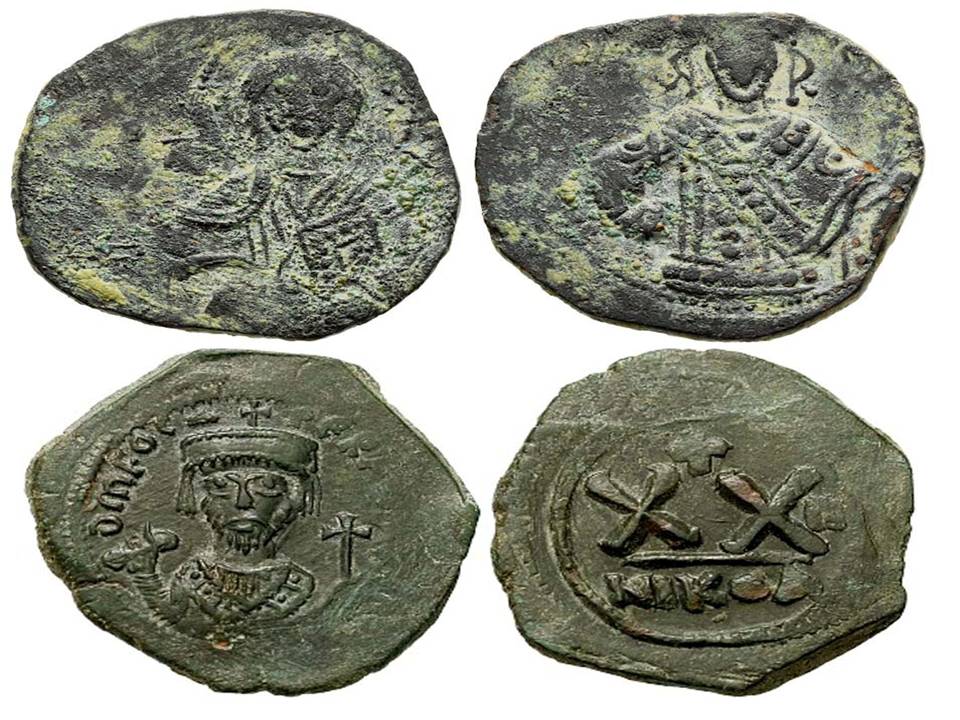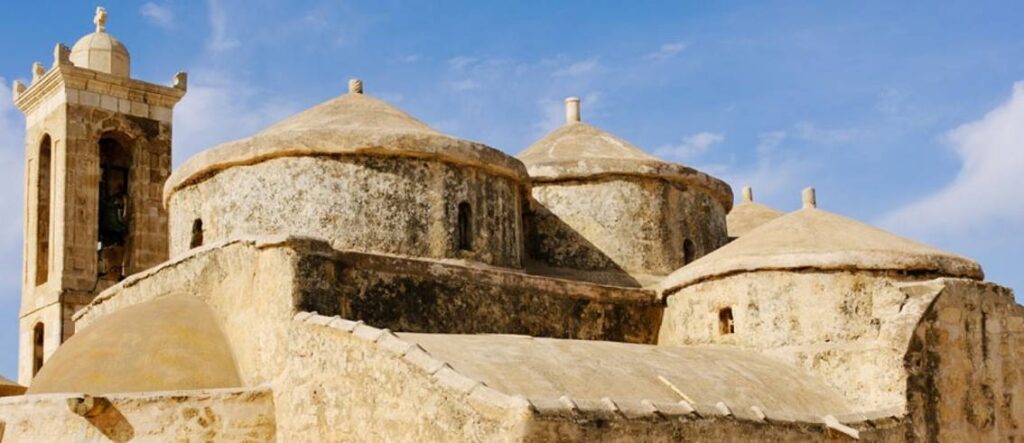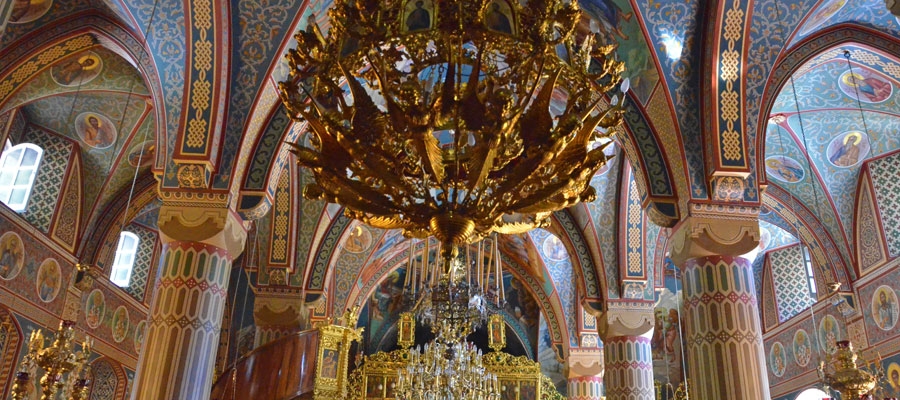The Byzantine Period in Cyprus
The Byzantine Period in Cyprus lasted from 330 to 1191 AD. This era marked significant political, cultural, and religious changes. It began with the division of the Roman Empire and ended when Richard the Lionheart conquered the island during the Third Crusade. Cyprus’s strategic location in the eastern Mediterranean made it important. It served as both a military outpost and a centre for Christian Orthodoxy in the Byzantine world.
Early Byzantine Period (4th to 7th Century)
The early Byzantine period started in 330AD. Emperor Constantine the Great established Constantinople as the new capital of the Eastern Roman Empire. Cyprus became part of the Byzantine Empire, which was Greek-speaking and Christian.
During this time, Cyprus saw major changes in urban development and religious life. Cities like Salamis, Paphos, and Kourion transformed. New public buildings, churches, and fortifications appeared. Christianity, which had spread since the 1st century AD, became the dominant religion. Saints like Barnabas, who was born on the island, helped spread Christianity. The Church of Cyprus gained autocephalous status, meaning it became independent under the Patriarch of Constantinople.
Cyprus also became a centre for religious art. Artists created mosaics and frescoes that decorated churches. Many of these artworks survive today. They often depicted biblical scenes, focusing on the Virgin Mary and saints. A famous example is the 6th-century mosaic of the Virgin Mary in the Church of Panagia Angeloktisti in Kiti.
The Arab Raids and Middle Byzantine Period (7th to 10th Century)
The 7th century brought turmoil to Cyprus. The Arab-Byzantine Wars made the island a battleground. Arab forces launched raids in 649 AD, causing widespread destruction, especially in coastal cities. Many Cypriots fled to the interior or were captured.
To address the conflict, the Byzantine Empire

and the Arab Caliphate agreed to a “condominium.” This arrangement lasted from the late 7th to the mid-10th century. Both powers jointly administered Cyprus. The island’s inhabitants paid tribute to both sides. While this brought relative peace, it also led to economic decline and reduced political autonomy.
The Role of Church of Cyprus
Despite these challenges, the Byzantine presence remained strong. The Church of Cyprus continued to play a central role. New churches and monasteries were built. The Monastery of Kykkos in the Troodos Mountains, established during this time, became a major religious institution.
By the 10th century, the Byzantines reasserted control over Cyprus. Military campaigns against the Arabs succeeded. The island was fully reintegrated into the Byzantine Empire. This brought stability and economic recovery. Cities like Nicosia (Lefkosia) grew as administrative and commercial centres.

Late Byzantine Period and the Rise of the Crusaders (11th to 12th Century)
The late Byzantine period brought new challenges. The Byzantine Empire faced pressure from the Normans in the west and the Seljuk Turks in the east. Cyprus, due to its strategic location, often became involved in these conflicts.
During this time, many refugees arrived in Cyprus. They came from other parts of the Byzantine Empire, especially after the Seljuks defeated the Byzantines at the Battle of Manzikert in 1071. These refugees, including Byzantine aristocrats, brought wealth and influence. This led to economic growth and cultural development on the island.
Political Instability: The Byzantine Empire Struggled to Defend Cyprus
However, political instability persisted. The Byzantine Empire struggled to defend Cyprus. The island’s strategic importance made it a target for foreign powers. In 1185, the rebel Byzantine governor Isaac Komnenos took control. He declared himself the independent ruler of Cyprus. His rule was harsh and oppressive, causing widespread discontent.
Byzantine rule in Cyprus ended in 1191. During the Third Crusade, King Richard the Lionheart seized the island from Isaac Komnenos. Richard later sold Cyprus to the Knights Templar. Eventually, the French Lusignan dynasty took control, establishing the Kingdom of Cyprus.
Legacy of the Byzantine Period in Cyprus
The Byzantine Period left a lasting impact on Cyprus. The island’s strong ties to the Eastern Orthodox Church stem from this era. The autocephalous status of the Church of Cyprus, granted during Byzantine rule, remains a key part of Cypriot religious life.
The Byzantine period also shaped Cyprus’s architectural and artistic heritage. Many Byzantine churches, monasteries, and fortifications still stand. Some are UNESCO World Heritage sites. These structures feature domes, apses, and mosaics that reflect Byzantine styles and religious themes.
Byzantine influence is also evident in Cypriot culture. Greek became the dominant language during this period. It remains the main language of administration, religion, and culture today. Byzantine-era religious texts and chronicles, preserved in monasteries, are important historical records.
Conclusion
In conclusion, the Byzantine Period transformed Cyprus. The island became a key part of the Byzantine world. Despite invasions and instability, Cyprus developed a strong Christian identity and rich cultural heritage. The Byzantine legacy is still visible in the island’s churches, art, and traditions. This period remains a vital chapter in Cyprus’s history.


